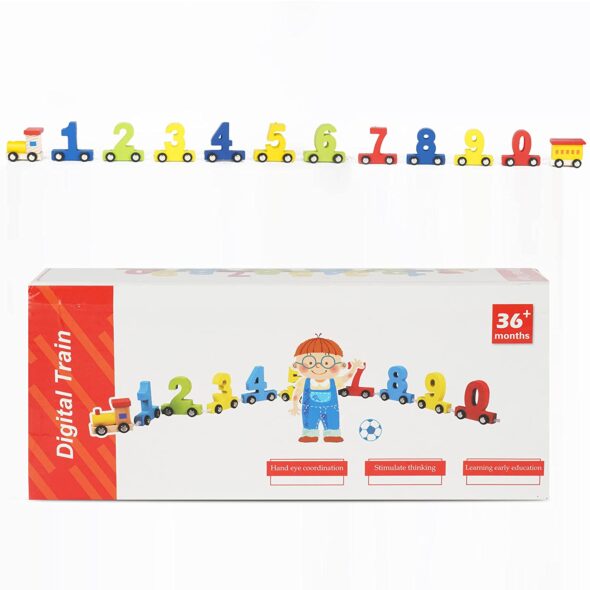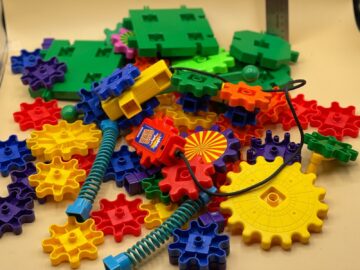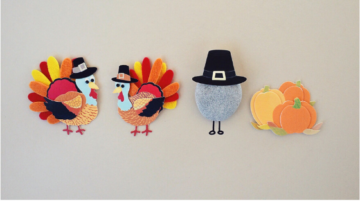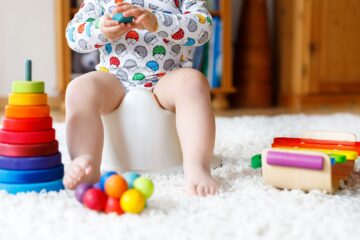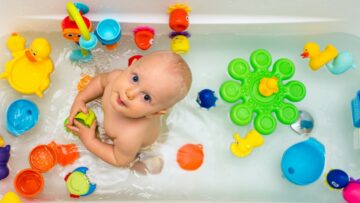
Do Babies Need Toys? What could be more enjoyable than shopping in anticipation of your baby? Before the kid is even born, some nurseries resemble warehouses. Additionally, following the delivery, friends, and family offer toys of many shapes, sizes, and materials, including teddy bears and rattles. But what playthings do infants actually require throughout their first several months? And which infant toys simultaneously foster development?
Do Babies Need Toys
Birth to three months: less is more
Newborn newborns learn several new abilities in their first few months, including grasping and seeing. They look at people’s characteristics and those of every item in their environment. They use their lips, eyes, and hands to become acquainted with yet unfamiliar objects. Only a few unique baby toys are required in the beginning since they are so preoccupied with learning about their own body and what they are capable of. During this period, little, vibrant, gripping toys, pacifier chains, and pram chains with a variety of wooden figurines, or even small bells, are great since they provide an experience for all the senses. Playing with shapes, colors, and noises can help babies learn about them.
Hanging colorful mobiles over the cot, where they softly move, may also provide excellent amusement. They must be positioned safely, high enough to keep little hands away yet low enough for the infant to clearly see them.
Excellent infant toys engage the senses and motor abilities between the ages of three and six
When someone said Do Babies Need Toys, Babies reach for objects with increasing confidence and purpose during the third or fourth month. From this point on, providing gripping toys with little balls, handle-equipped rattles, or soft toys is beneficial. It would help if you tried to offer a variety of forms and textures since active touching is encouraged by an engaging sense of touch.
Around four months old, infants lying on their stomachs can lift their heads and shoulders off the ground by supporting themselves with their arms. With growing assurance, they can also roll from their tummy to their back and back again. Encourage your kid to perform these activities using infant toys that they can actively flip over and that are simple to roll, such as grasping balls—ideally with noises like squeaks or rattles, or bells.
Babies begin to understand the concept of cause and consequence in the fifth month. They like dumping objects and seeing the results. Additionally, their hearing is getting sharper and sharper. Baby toys that rattle or squeak are, therefore, of unique appeal. Your youngster has also begun to comprehend their name at this point. Call them while you are outside their sight line to confirm this. They’ll immediately turn to face you.
What do infants begin doing when?
During the first several months, your little one takes enormous growth milestones. Your youngster will never again pick things up as quickly as they did in their early years. What phases comprise this learning process? And what monthly milestones are the most important?
Each infant moves at their own pace.
Babies learn a wide range of new abilities throughout their first year. Different people develop at different rates and in other orders. Even infant people have independent thoughts. This implies that comparing your child’s development to that of another is meaningless. Please use the following benchmarks just as a general guide:
From about 3 months
Your unborn child is starting to adjust to life outside the womb. They pay close attention to faces and are already able to distinguish between variations in other people’s facial expressions
Your infant is immediately attracted to their hands and fingers and enjoys grasping by this point. The mouth and lips are used to closely inspect surfaces.
Although a baby at this age cannot communicate, it becomes simpler for parents to determine their child’s requirements from the noises they make. So, a cry of hunger sounds very different than a scream of outrage over a damp diaper.
From about 6 months
The infant now mimics other individuals and expresses their emotions through facial expressions. They intentionally grab things to study them. Individual abilities like sight and grasping are becoming more and more coordinated.
Your infant makes random noises and understands the fundamental elements of their native speech. In addition, their body position changes more and more. They support themselves with their hands, and some kids even start mimicking sitting down.
From about 9 months
The infant is gradually coming to terms with the fact that they have their own identity and free will. Their peers are also acknowledged.
Babies like a clear framework in their daily routines and can identify repeated processes.
Dropping items is becoming quite entertaining for babies. Both the noise this produces and the possibility of anything falling interest them.
Your infant could now spend a brief period sitting upright. Additionally, they have learned how to crawl. Even young children are beginning to test the limits of their balance by pushing themselves up on pieces of furniture to stand up independently.
From about 12 months Baby Toys
Small children actively display and seek their parents’ affection through their actions.
They like to laugh and need physical contact.
Babies can interact with their surroundings with growing ease. They comprehend commands and restrictions, recognize things, and occasionally give these names in their own language.
The initial steps are the most thrilling. Your youngster may be able to stand by themselves and undoubtedly take a few baby steps while holding your hand. During this period, playful workouts can help them improve their muscular system, motor abilities, and sense of balance.
















